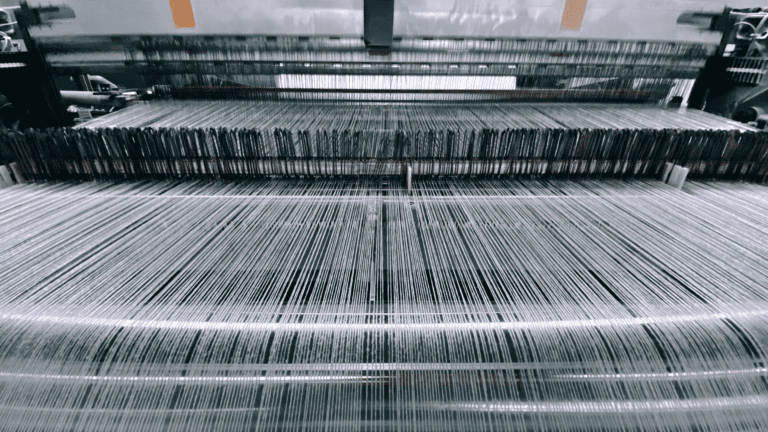geotextile fabric and nonwoven are two common variants of geotextiles used in civil engineering and geotechnics. Although both fulfill similar functions, they present important differences in terms of structure, properties and applications.
geotextile fabric It is manufactured by interspersing synthetic or natural threads or fibers. This process creates a strong, interlocking, fabric-like structure. geotextile fabric It is characterized by its high tensile strength and load capacity, making it ideal for applications requiring greater long-term stability and strength. It is widely used in soil separation and stabilization projects, erosion control and structural reinforcement.
On the other hand, geotextile fabric It is not produced by mechanical or chemical joining of fibers or filaments without a specific weaving pattern. This results in a more random and less dense structure. geotextile fabric It is not characterized by its high permeability and retention capacity for fine particles. It is mainly used in filtration, drainage and material separation applications in which the aim is to control the flow of water and prevent clogging of drainage systems.
Regarding resistance, geotextile fabric It generally offers higher tensile strength and higher load capacity due to its interlocking structure. On the other hand, geotextile fabric It may not have more limited strength in comparison, but it compensates with its high permeability and particle holding capacity.
In summary, the main difference between geotextile fabric y el no tejido radica en su estructura y propiedades. Egeotextile fabric Woven fabric offers greater resistance and load capacity, while non-woven fabric stands out for its permeability and retention capacity for fine particles. The choice between the two depends on the specific needs of each project and the characteristics of the soil and site conditions.



